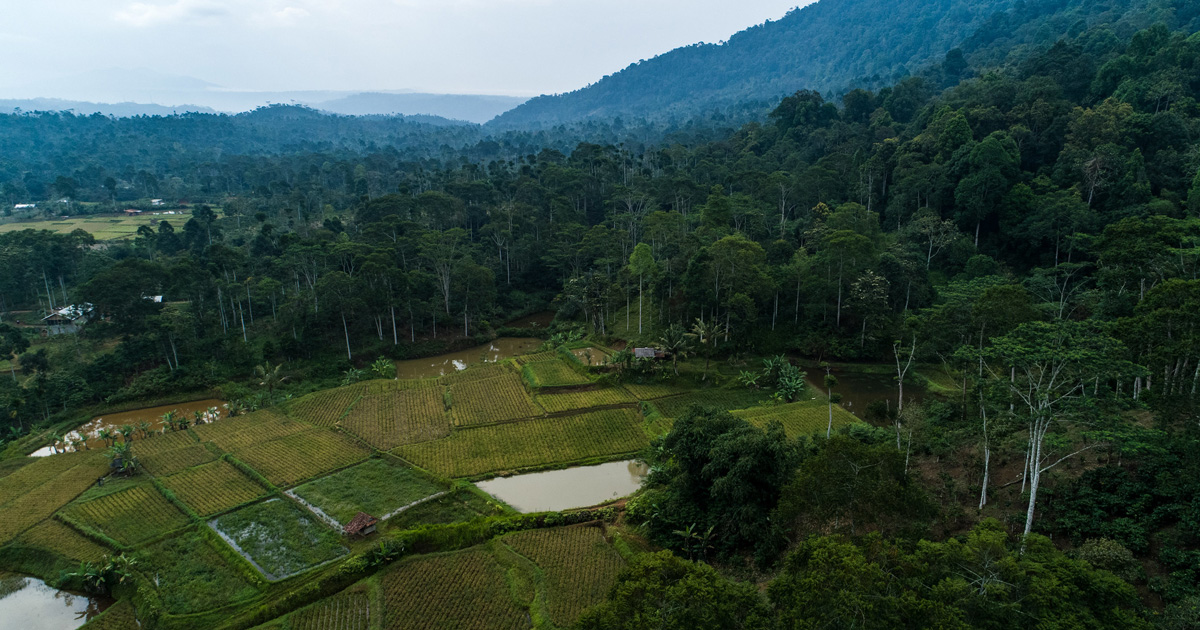ASB’s assessment, ‘Forest and Agroecosystem Trad eoffs in the Humid Tropics’ (known as ‘Tropical Forest Margins'), is the only crosscutting sub-global assessment approved by the Millennium Ecosystem Assessment (MA). Focusing on ecoregions nested within the humid tropical broadleaf forest biome, the aim is to conduct an assessment covering the ecoregions containing ASB benchmark sites in the Peruvian Amazon, the western Amazon of Brazil, an associated site in the eastern Amazon of Brazil, the Congo Basin of Cameroon, northern Thailand, and the islands of Sumatra in Indonesia and Mindanao in the Philippines. This ‘Tropical Forest Margins’ assessment will synthesize es timates of various indicators of environmental and developmental objectives for ASB benchmark sites spanning the humid tropics, and will endeavor to place these results within the broader context of relevant scientific evidence. These indicators have been used successfully to assess th e degree of tradeoffs (and complementarities) between global environmental objectives (served by rainforest conservation) and national and local objectives (often involving conversion of natural forest to othe r uses), and also to asse ss the scope for policy to effectively, efficiently, and equ itably manage these tradeoffs. ASB brings to the MA proven methods and existing data bases for plot-level indicators, on-going development of methods for landscape and watershed scale assessment, a pantropic analysis of the nexus among tropical hydrology, biodiversity, and poverty that is nearing completion, strong institutional links and long-term presence at benchmark sites in the humid tropics, experience in capacity building, and an established track record in multi-disciplinary, mu lti-institutional, and multi-scale collaboration on integrated natural resource management. ASB results show that striking an equitable balance between the legitimate interests of development and equally legitimate global concerns over the environm ental consequences of tropical deforestation is difficult. Poverty reduction in most of the tropics depends on finding ways to raise productivity of labor and land through intensification of smallholder production systems. Although there may be opportunities to alleviate poverty while conserving tropical rainforest s, it is naïve to expect th at productivity increases necessarily slow forest conversion or improves the en vironment. Deforestation has no single cause but is the outcome of a complex web of factors whose mix va ries greatly in time and space. Understanding the factors at work in a given situation is a crucial first st ep if policymakers are to introduce effective measures to curb deforestation, and to do so in ways that reduce poverty. A series of stakeholder consultations to identify user needs provide the basis for development of the questions that will guide assessment teams for specific topics. Outputs planned later in 2006 and through 2007 are structured around these policy-relevant questions. The plan is to organize each team to produce one (or more) ASB Policybriefs on their topic as intermediate outputs that later will be combined into a comprehensive assessment product.






















